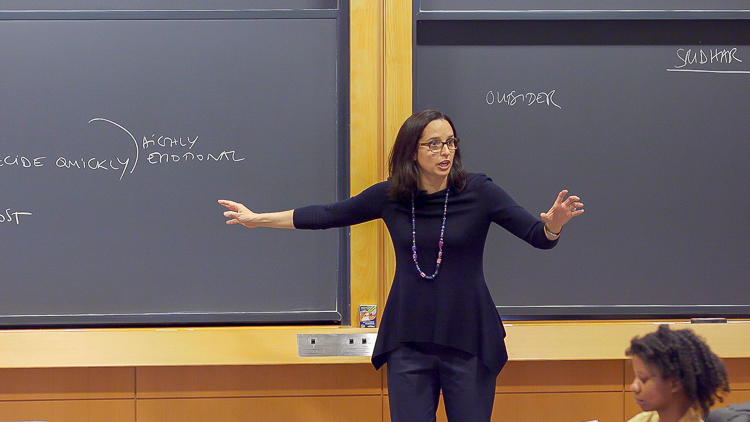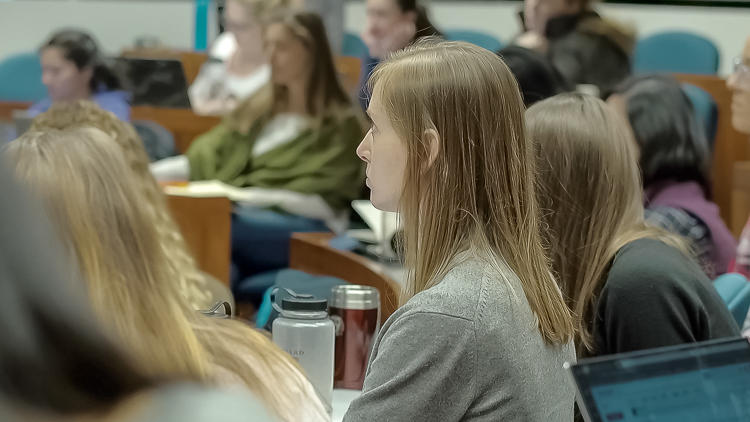By framing class discussions as a three-way conversation between authors, students, and herself, Jane Mansbridge broadens and enlivens students’ interaction with course material. This clever framing encourages students to consider the author’s point of view, place his/her writing in historical context, and uncover assumptions that underpin the author’s argument. Framing discussions this way can be an especially powerful technique for instructors teaching historical texts. When done well, it is almost as if the authors are present in the classroom.
Framing discussion as a three-way conversation
Instructor
Jane Mansbridge, Charles F. Adams Professor of Political Leadership and Democratic Value
Student Group
Graduate
School
Harvard Kennedy School of Government
Course
Democratic Theory
Group Size
~30 students
- Transport historical texts into the present day. For example, when using an older text, ask students to consider how it would land if written in today’s society, or how the text might be written differently to reflect today’s political, economic, or social context.
- Encourage students to thoughtfully challenge the scholars they read rather than simply accept their writing as fact.
- When a student makes an argument, push back on their perspective by asking them to consider how a scholar might respond (e.g., “What would Aristotle say?”). This requires them to think beyond the text rather than just about the text.
- Researchers investigating the link between the authorial presence in a historical text and how adolescent students thought and wrote about history found that when a historical reading had a visible author, students tended to think of authors as conversational partners, and students writing about the historical text demonstrated evidence of engagement with the author’s point of view and their historical context. This suggests that creating learning environments where students can interact with texts, as if having a dialogue with an author, can enrich the learning experience (Paxton, 2002).
- A Faculty Focus blog post lists some questions instructors can use to bring authors into the discussion
- Various discussion protocols like The 4 As and The Last Word can help scaffold close reading and text-based conversations




